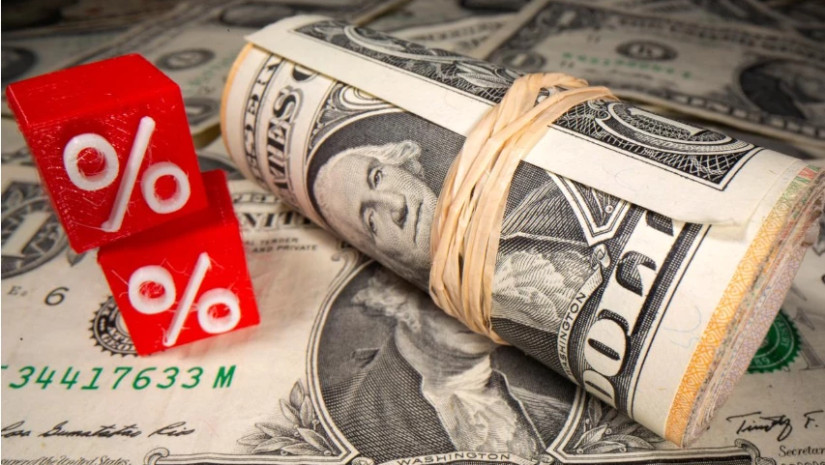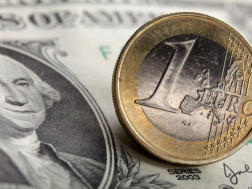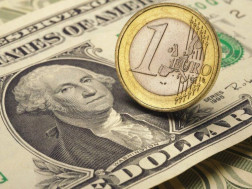Asian stocks were boosted by the promise of ultra-easy monetary policy globally as the U.S. Federal Reserve left interest rates near zero to support the country’s virus-battered economy, sending the dollar to a two-year trough.
All Fed members voted to leave the target range for short-term rates between 0% and 0.25%, where it has been since March 15 when the virus was beginning to hit the nation.
The unchanged policy setting together with a pledge the Fed would use its "full range of tools" if needed boosted risk appetite overnight with all three Wall Street indexes finishing firmer. .IXIC .DJI .SPX
The confidence extended in Asia where Japan's Nikkei .N225 and South Korea's KOSPI .KS11 were up 0.3% each, Australia's main index climbed 0.7% and Hong Kong's Hang Seng index .HSI rose 0.2%.
Chinese shares were a shade firmer, leaving MSCI’s broadest index of Asia Pacific shares outside of Japan .MIAPJ0000PUS up 0.4%.
“There is no doubt that the Fed’s large presence in markets has provided risk assets with a backstop to stop a tightening in financial conditions,” said Perpetual analyst Matthew Sherwood.
“But they (Fed) don’t have any tools to engineer a recovery, which means that fiscal policy will need to remain in place to support household incomes, especially as unemployment could increase in the months ahead as the true impact of the shock on the labour market is revealed.”
Indeed, negotiations for a new coronavirus relief package in the United States have become a pressing issue for investors.
U.S. President Donald Trump said on Wednesday that his administration and Democrats in Congress were still “far apart” on a new coronavirus relief bill.
Policymakers, and investors, are also keeping a close eye on the coronavirus trajectory with many countries, including the United States, still reporting record number of COVID-19 cases and deaths each day.
In currencies, the biggest mover was the greenback.
The dollar =USD has been tumbling on expectations the Fed will continue its ultra loose monetary policy for years to come and on speculation it will allow inflation to run higher than it has previously indicated before raising interest rates.
Wednesday’s Fed move sent the dollar index crashing to 93.17, the weakest since June 2018. It recouped some of the losses and was last at 93.398.
The greenback weakness supported the euro at $1.1792 EUR=. The common currency had hit a two-year high of $1.1807 and is on course to post its biggest monthly gain in 10 years, having risen about 5% so far this month.
Sterling also held firm against the dollar at $1.2998 GBP=D4, just below Wednesday's 4-1/2-month high of $1.3013.
In commodity markets, oil prices rose after a steep drop in U.S. crude inventories, but another record day for coronavirus cases worldwide kept gains in check.
Brent crude futures LCOc1 were up 4 cents at $43.79 a barrel. U.S. crude futures CLc1 inched up 1 cent to $41.28.
Spot gold XAU= was off 0.4% at $1,962.6 an ounce.
















